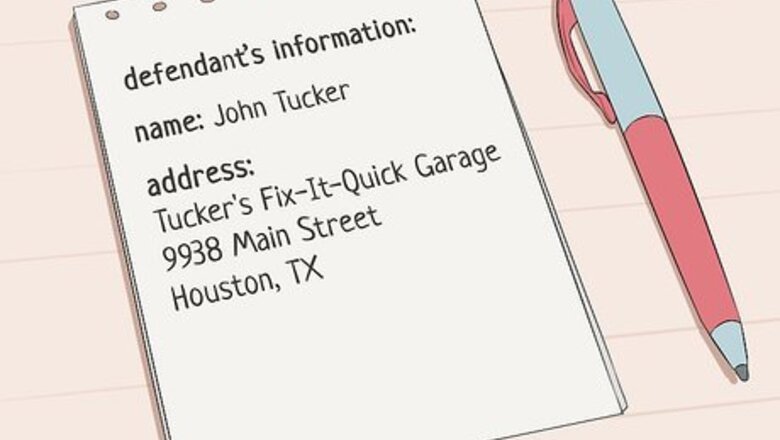
views
X
Research source
Filing a Small Claims Lawsuit
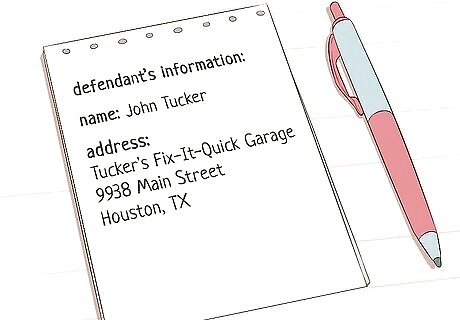
Find the legal name and address of the person you want to sue. If you know the person or company you want to sue, getting their name and address shouldn't be a problem. However, in some situations, you may have a difficult time trying to figure out their correct legal name and home address or place of business. Generally, if you're suing because you were injured or your property was damaged, you'll sue the person that injured you or caused the damage. If you're suing for breach of contract, you'll sue the person or company that you signed the contract with. If you're suing a company, you can typically find the legal name through the business directory on the website of your state's secretary of state. If you're suing an individual, the police may be able to help. You can also hire an attorney to help you locate the correct person or company to sue.
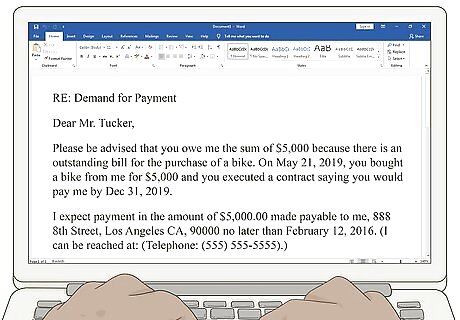
Send a demand letter to the person you're thinking about suing. Some courts require you to send a demand letter to the person you want to sue before you resort to filing a lawsuit. The small claims court clerk can tell you if it's required. In your letter, explain the dispute and the amount of money you believe the person owes you. Give them a deadline to respond to your letter, and explain that if you don't hear from them by then you will file in small claims court. Mail your letter using certified mail with return receipt requested. Keep the green card that you get back so you have proof for the court that the person or company received your demand letter. Even if you aren't able to resolve the dispute through the demand letter, it puts the person on notice of your claim so they won't be too surprised when they get the lawsuit paperwork.Tip: Even if the court you're going to use doesn't require a demand letter, sending one is still good practice. Settling the dispute out of court can save you time and money. It also sends a message to the judge that you've done everything possible to resolve the dispute before going to court.
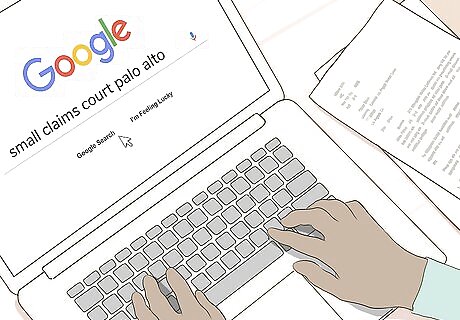
Locate the small claims court with jurisdiction over your claim. Generally, you'll sue either in the county where the incident happened that gave rise to the dispute or in the county where the person you're suing is located. If there are two possibilities, you can choose the one that's more convenient for you. To find the right small claims court, do a search on the internet for "small claims court" followed by the name of the county where you want to sue. The website for the court typically will have the location of the court as well as additional information for filing a claim.
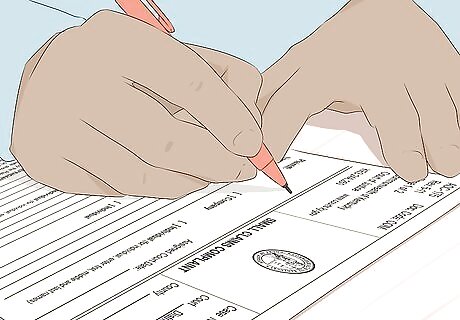
Fill out a small claims complaint form. Unlike regular civil courts that require you to draft a document from scratch, small claims courts use a form that you fill out to tell the judge about the dispute and the amount of money you're claiming as a result. These forms are relatively straightforward and typically can be completed without assistance from an attorney. When describing the dispute, stick to the facts. Avoid including statements of emotion, opinion, or speculation. For example, you might say that the defendant backed into your car, but you wouldn't add the speculation that they were drunk unless you had specific evidence of that. Your complaint form should also include the amount of money you believe the person owes you as a result of the dispute. When you go to court, you must be able to prove that they owe you that exact amount of money. Even if the defendant doesn't show up in court to contest your claim, you'll still only get a judgment for the amount of money you can prove they owe you.
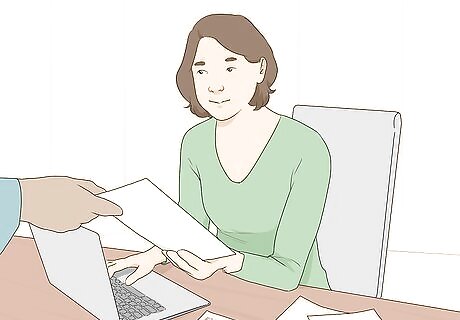
File your paperwork with the small claims court clerk. After you've completed your forms, make at least 2 photocopies and take them to the clerk's office. You'll have to pay a fee, typically less than $300, to file your lawsuit. The clerk will stamp your paperwork "filed" with the date and give the photocopies back to you. One is for the person you're suing and the other is for your records. Call the clerk's office ahead of time to find out the exact amount of the filing fee and what methods of payment are accepted. If you can't afford the fee, you can apply for a waiver. Waivers are typically given to people with extremely low income or who are receiving government benefits, such as food stamps.

Have the defendant served with notice of your lawsuit. Once you've filed your lawsuit, you have to let the person you're suing know about it so they can defend themselves. The process of service delivers the lawsuit to them in a way that can be proven in court. Typically you'll hire a sheriff's deputy to take the paperwork to the defendant. You may also be able to use a private process serving company. Service usually costs less than $50. If you got a fee waiver for your filing fees, the sheriff's office will likely waive the fees as well (although private process serving companies will not).
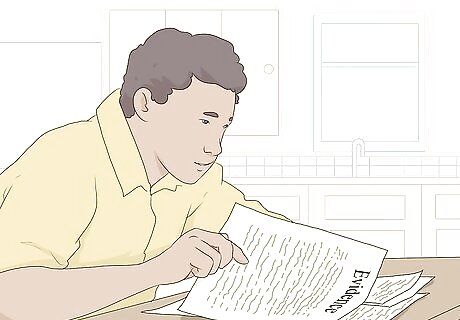
Gather your evidence and documents for your hearing. Go through your paperwork and make a list of the facts that you provided. Each of these facts should be backed up by some form of evidence. For example, if you're suing someone for backing into your car and damaging it, your evidence might include witnesses who saw the person backing into your car, estimates for repair of the damage to your car, and photos of the damage to your car.
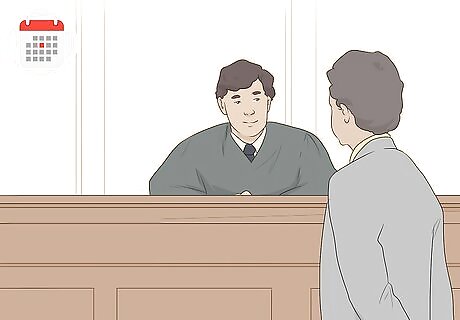
Go to court on the date of your hearing. Your hearing will typically be set when you file your paperwork with the clerk. If you don't show up in court for the hearing, your claim will be dismissed. Show up at least 15 minutes early so you have time to go through security and find the correct courtroom. You don't necessarily have to wear a business suit to court, but you should dress in clean, neat, conservative clothing. Think along the lines of what you would wear to a job interview. When you get to the courtroom, take a seat in the gallery until the judge calls your case. They will likely hold several small claims hearings in one court session.
Responding to a Lawsuit in Small Claims
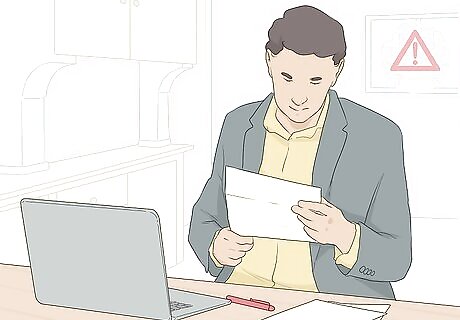
Read the notice you receive carefully. If someone sues you in small claims court, you'll get "served" with paperwork. The paperwork you receive will tell you the nature of the dispute, the facts the person alleges, and the amount of money they're claiming you owe them as a result of the dispute. Pay attention to the facts alleged in the plaintiff's claim. To defend yourself, you'll need to demonstrate to the court that those facts are inaccurate and you don't owe the plaintiff any money. For example, suppose the plaintiff alleges that you backed your car into their car, but someone else was driving your car that day. You might be able to argue that they should sue that person to recover money for damages instead of suing you.Tip: If English is not your first language and you would like an interpreter at the court hearing, call the court clerk as soon as you get the paperwork and let them know so they have time to arrange one. There isn't any fee for an interpreter, but the courts do need time to find someone who is available.
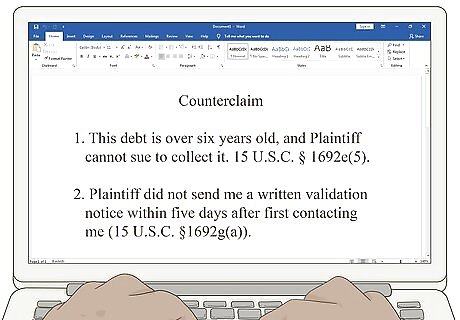
Determine whether you have a counterclaim against the plaintiff. If you believe that the plaintiff owes you money because of the dispute the lawsuit is about, you can file a counterclaim. Put the details of the counterclaim in writing, including the date the incident occurred and how much money the plaintiff owes you. For example, suppose the plaintiff is claiming that you backed into their car, damaging the bumper. If your car was also damaged and the plaintiff was parked illegally, you might file a counterclaim for them to pay for the damage that was done to your car.

Negotiate with the plaintiff if you prefer to settle out of court. If you read the complaint and acknowledge that the facts alleged happened and you owe the plaintiff money, you can save everyone a lot of hassle by negotiating a settlement on your own. If you're reasonable, the plaintiff may be willing to settle for less money than they're claiming or take more affordable installment payments towards the total. If you decide to negotiate a settlement with the plaintiff, keep all of your communications in writing. Mail them a letter extending an offer of settlement using certified mail with return receipt requested. That way, if they don't respond to your offer, you can show the court that you made an effort to work with them and they refused.
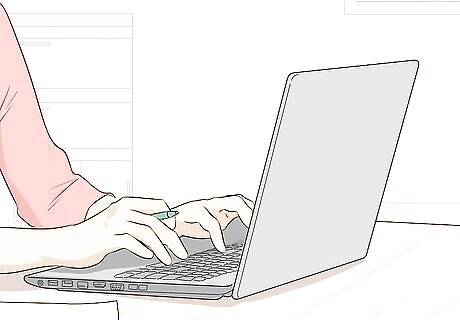
File a written answer if required. Some small claims require the defendant to file a written answer to the complaint. If an answer is required, there will be a blank form along with the plaintiff's paperwork. Simply fill out the form and take it to the clerk's office of the court that is hearing the case. There typically isn't a fee to file an answer. However, if you're required to have your answer served on the plaintiff, you may have to pay a small fee (generally less than $30) for service. Service is usually completed by a sheriff's deputy.Tip: Even if a written answer isn't required, you typically still need to file one if you want to assert a counterclaim against the plaintiff.
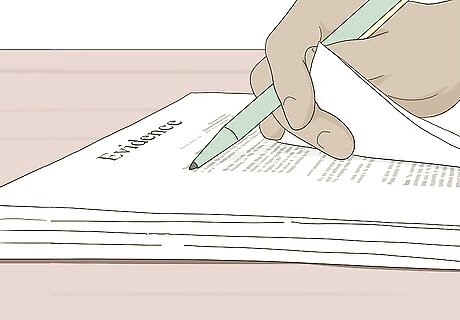
Gather documents and evidence to support your arguments. Any facts in the plaintiff's claim that you dispute must be backed up with documents or other evidence. This proves to the judge that the plaintiff's allegations are untrue. For example, if the plaintiff claimed you backed into their car but you were not driving the car that day, you might have a timecard from work that showed you were at work on the date and time of the accident. You might also have witnesses who could testify that you weren't driving the car at the time.
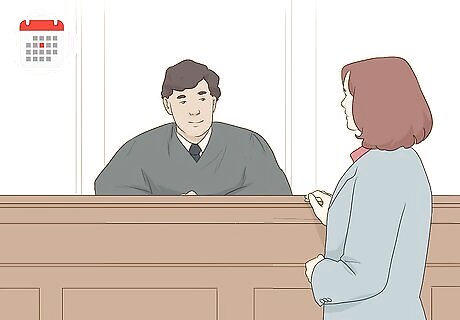
Appear at court on the date of the hearing. If you don't show up for the hearing, the plaintiff may win their case by default and you would lose the right to defend yourself. If you have a scheduling conflict and can't make it to court on the date of the hearing, contact the clerk of court as soon as possible and let them know. They may be able to get the date changed for you. Bring your evidence with you to the courthouse and try to arrive at least 15 minutes early. That will give you time to go through security and find the right courtroom. When you get to the courtroom, take a seat in the gallery until the case is called. Then you can make your way up to the front of the courtroom. Typically, there will be several hearings in each small claims session, so there will likely be other people waiting as well.
Winning in Small Claims Court

Organize your documents and evidence. Whether you're the plaintiff or the defendant, organization is your key to success in small claims court. Arrange your documents and other evidence in chronological order, and make at least 2 photocopies of each item – one for you and one for the other party. The judge will likely want to look at the original. Using folders can help you keep your evidence separated by category. For example, if you're involved in a small claims dispute involving a minor car accident, you might have one folder devoted to the damage to the car, another devoted to insurance issues, and another devoted to driver identity.
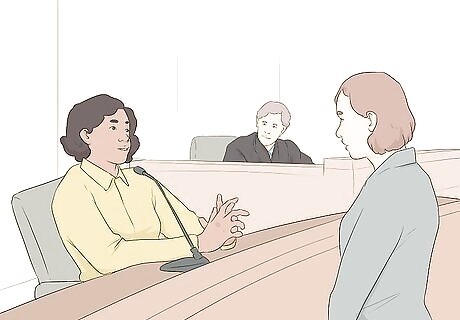
Talk to witnesses who may have information to support your argument. Witnesses who can testify on your behalf can make your arguments come to life and back up your story. Witnesses you choose should have reliable testimony and be able to express it in a way that is clear and straightforward. Keep in mind that if you call witnesses, the other party will be able to ask them questions too. Trying to poke holes in their testimony will give you an idea of some of the weaknesses they may have. For example, if you're involved in a small claims dispute about a car accident, you might call a witness who saw the accident take place. However, their testimony might be weak if they have impaired vision and weren't wearing their glasses that day.

Observe a small claims session before your hearing. If you've never been to small claims court before, sitting in on a session of small claims court can help you become more familiar with court procedures. Assuming you watch a session with the same judge who will hear your case, you can also learn something about the judge's temperament and how they interact with litigants in their courtroom. Take a notepad and pen or pencil with you so you can take notes. If the judge reprimands one of the parties for something they said or did, make a note so you'll remember not to do that thing yourself. Creating a brief outline of the court procedure will also help you organize your notes and evidence to prepare for the hearing.

Treat the court and the judge with respect. When you arrive at the court, be polite to every court official you encounter, including security guards. Silence your phone or other devices so they don't interrupt proceedings. Stand whenever the judge enters the courtroom and again when your case is called. Address the judge as "your honor" and do as they say. If they interrupt you to ask a question, stop what you're saying and answer their question. Wait until they give you permission to proceed before you continue. Always speak to the judge, not the other party in your case. Crosstalk with the other party is disruptive and will not endear you to the judge.
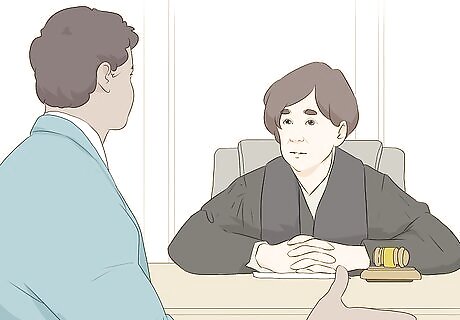
Present the facts of your case in a logical manner. For most disputes, it's best to tell the judge what happened in chronological order. Creating a timeline can help you stick to the correct order of events. If you mess up your chronology, you leave an opening for the other party to take the upper hand in the case. Speak loudly and clearly so the judge can hear you. Stick solely to the facts and things that you can prove with physical evidence or witness testimony. Don't speculate or make assumptions. For example, if you're involved in a dispute over a minor car accident, it wouldn't do you any good to speculate that the other party was drunk unless you had evidence to back up that statement, such as a toxicology test performed at the scene or witnesses who saw the person drinking before the accident.Tip: Avoid appeals to emotion. The judge is only interested in the facts, not in how you felt about the dispute. If the facts are not in your favor, appeals to emotion will not help you win your case.
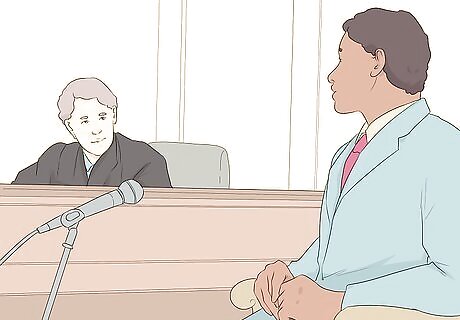
Answer the judge's questions honestly and completely. While you're describing your version of events, the judge may interrupt you to ask for clarification on a point you've made. To respond, pause and briefly restate the question. This ensures that you understand what the judge is asking correctly. Then answer the question. If you don't know the answer to the question, simply say that you don't know – don't guess or speculate about the answer. For example, if the judge asks if you said anything to the other party after the accident, you would want to tell them any communication the two of you had. If you did talk to them but can't recall what was said, simply say "Yes, your honor, we spoke, but I can't recall the details of the conversation."











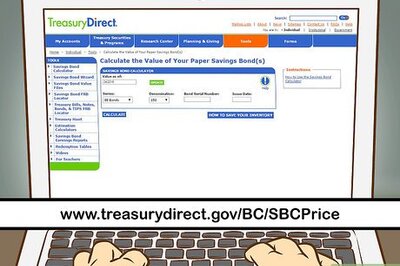


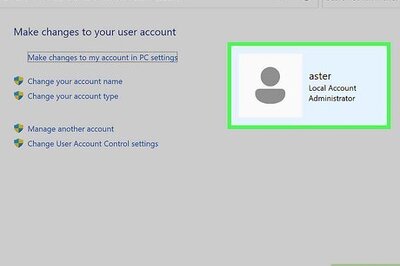


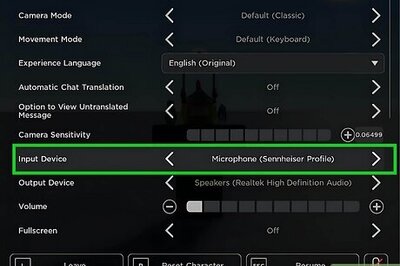
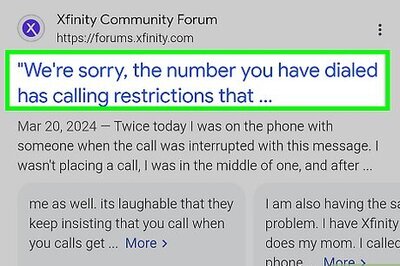
Comments
0 comment